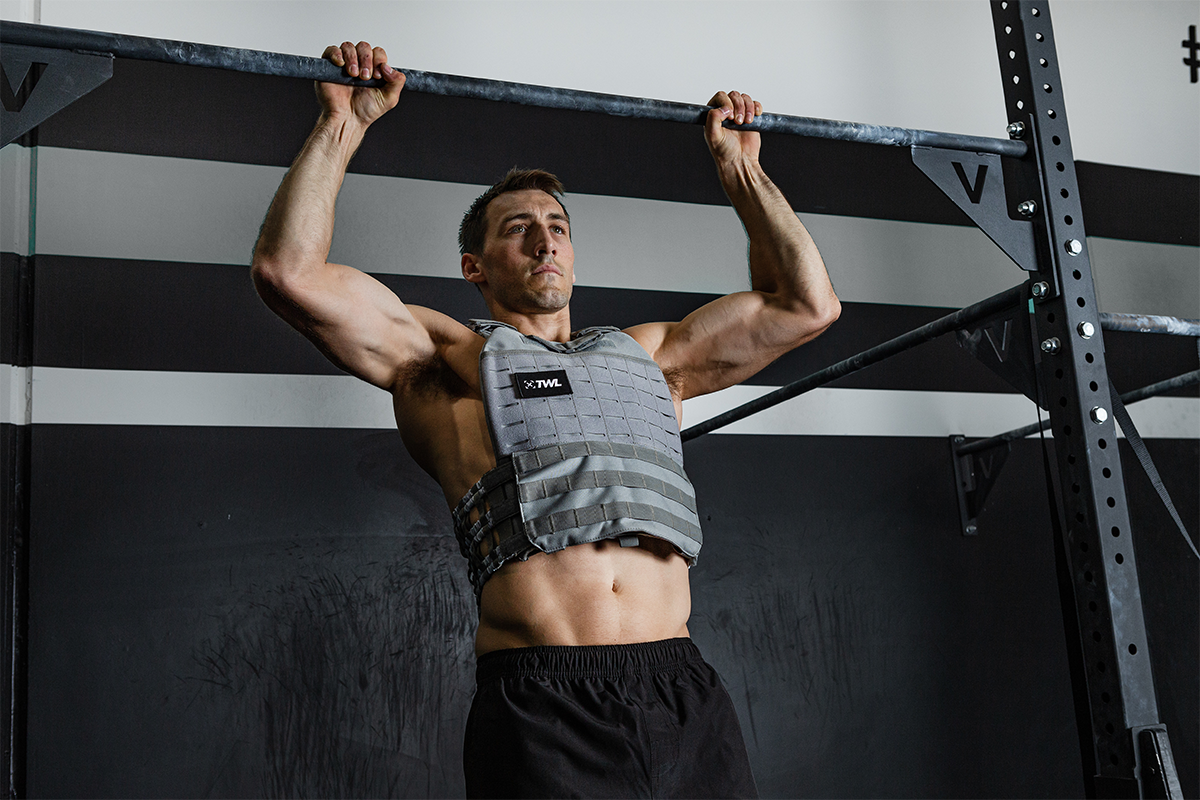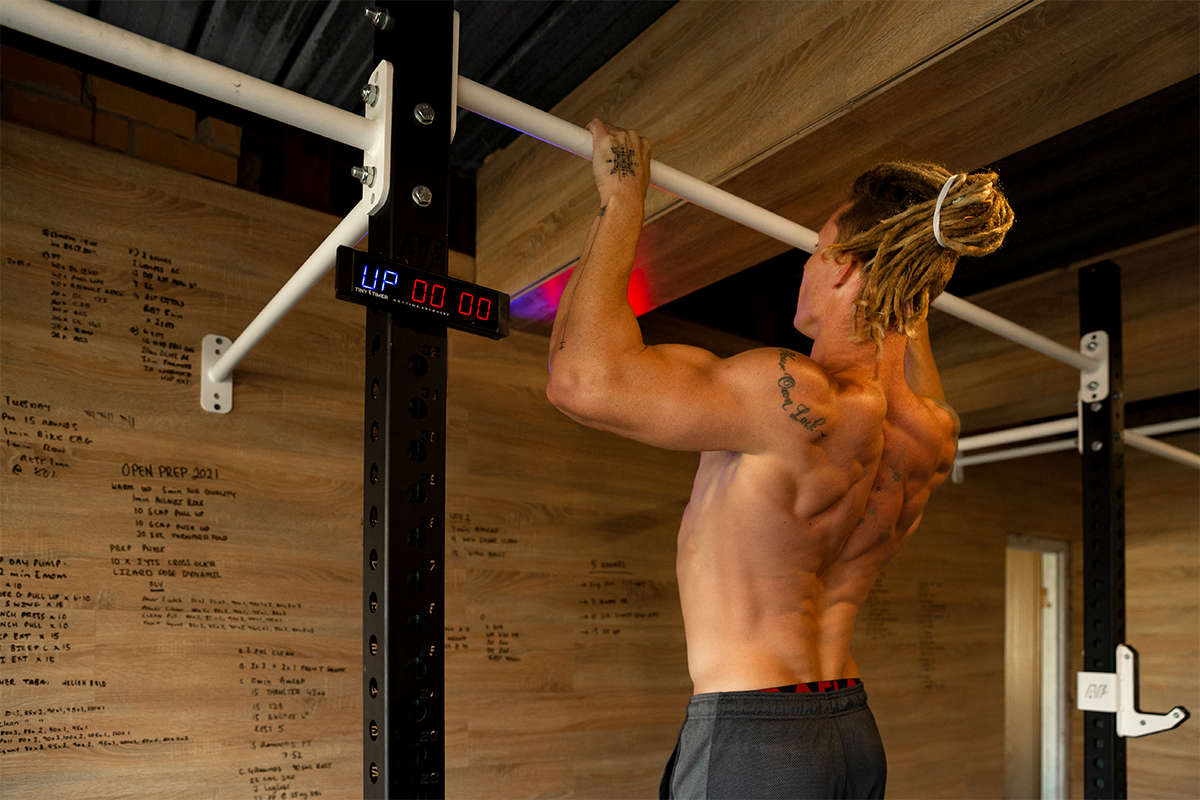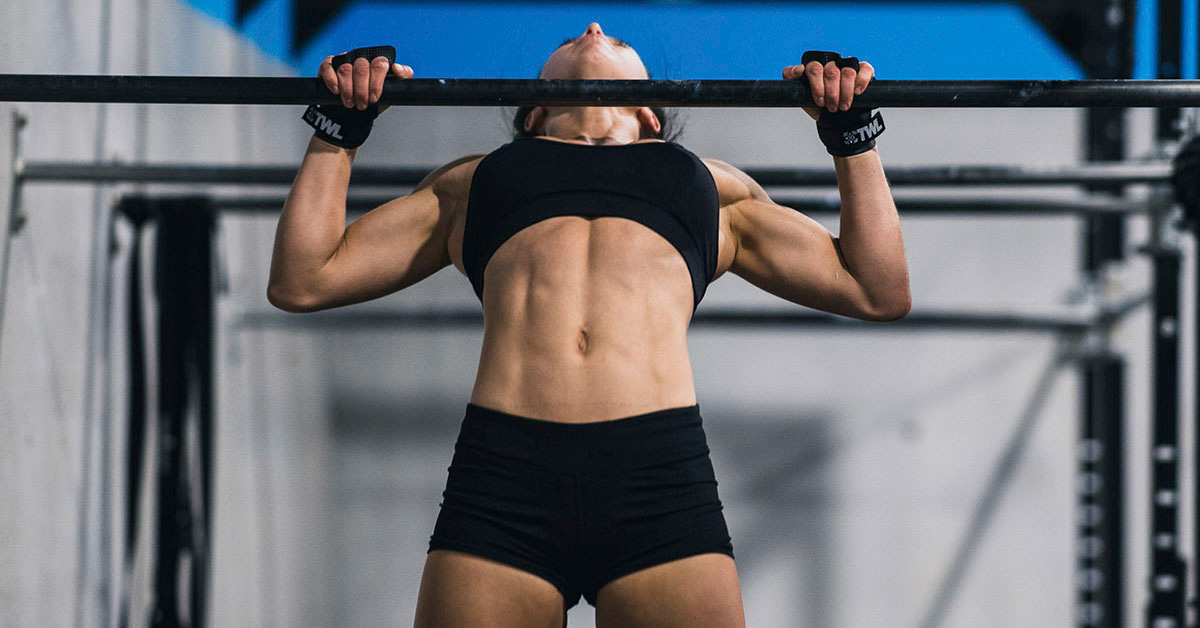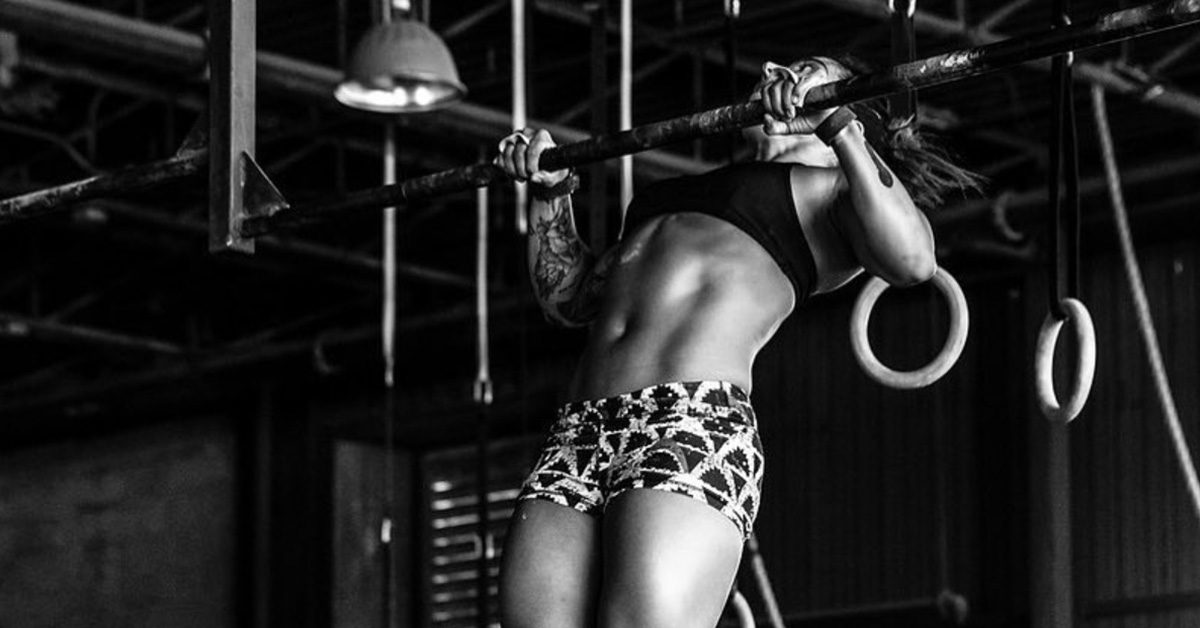Getting your first strict pull-up is a huge milestone for any athlete. Why? Simple: Lifting the full weight of your body to get your chin over the bar is much harder than it looks. Now, imagine making this even more difficult, and you have the chest-to-bar pull-up. When it comes to chest-to-bar vs regular pull-ups, is your technique going to be any different, really? And what are your options when it comes to how to perform them?
Grab your grips and let’s go!
Shop Now
Chest-to-Bar vs Regular Pull-Ups: What’s the Difference?
You can probably guess this one pretty easily. In C2B pull-ups, your chest touches the bar. For the rep to count, you must make contact at your collar bone or below. While this only means pulling your body just a few inches higher, even that small difference makes chest-to-bar pull-ups a lot more challenging!
There are a few things you might consider doing that you weren’t already for regular pull-ups:
- Grip the bar slightly outside shoulder width. You’re going to want a little extra room to make space for your chest to touch the bar.
- Hang onto the bar with your thumbs under it, as opposed to over it alongside your other fingers. The former approach is more secure, and being able to grip the bar tighter can help in pulling yourself up over it.
- Kip just a little harder, especially when you pop your hips as you transition into a hollow body position. This will give you more upward drive and momentum. Remember to keep your body tight!
- Make sure your elbows are pointing down. Think of tucking them into your sides. Otherwise, you’re losing valuable strength when you try to pull yourself up.
Aside from some of these modifications, technique-wise, there’s not a huge difference when it comes to chest-to-bar vs regular pull-ups. Overwhelmingly, it just requires a little more strength.
3 Ways to Do Chest-to-Bar Pull-Ups
When it comes to making contact with the bar at your chest, you have a few options. Note: You should only start to practice C2B pull-ups when you can string together about five to 10 regular pull-ups, strict.
Once you hit that point, keep going with…
1. Strict C2B Pull-Ups
Strict pull-ups are where it should start, in general — and that goes for C2B. Being able to do them strict means that you’re building up the necessary strength to be able to safely kip.
Then, you can move to…
2. Kipping
Kipping is more efficient and will allow you to do more reps of chest-to-bar pull-ups, faster.
If you can string together about five to 10 reps of kipping chest-to-bar pull-ups, then you might be ready for…
3. Butterfly
Butterfly chest-to-bar pull-ups are even more efficient than kipping. However, they also demand more precise technique, endurance, and timing. These are last on the list because they’re more difficult, and you shouldn’t be attempting them until you can consistently do your chest-to-bar pull-ups both strict and kipping.
Can You Do Chest-to-Bar Pull-Ups with a Band?
There’s nothing wrong with banded pull-ups if you do them properly. Should you rely on them entirely to help you build that extra strength for C2B pull-ups? No. Be sure to incorporate plenty of pulling exercises, including regular strict pull-ups, rows, and curls, along with grip-strengthening exercises.
If you need a resistance band for pull-ups, check out our collection.

















